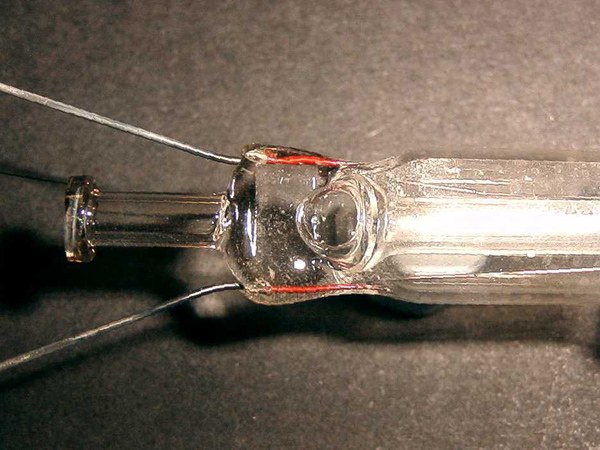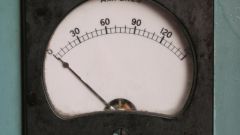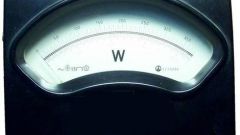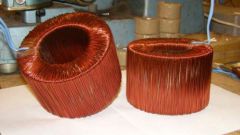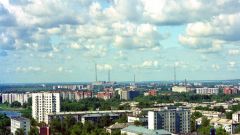The power factor of electrical installations
The value of this coefficient can be judged on how the receiver uses a power source. Increasing, when the active power is constant, decreasing the current circuit also reduces the power loss in the wires, allowing additional download source. In the case when the load remains unchanged, the increase in this ratio leads to an increase in active power.
If the power factor is unity, this means that the reactive power is zero, the entire power source is active. For electric lamps is characterized by active resistance, when turned on, the phase shift between current and voltage is almost absent, therefore lightening the load power factor can be considered equal to one. A typical industrial load power factor is 0.8, computer — 0,7. For AC motors this figure depends on the load, when the load power factor drops sharply.
Ways to improve the power factor
The power factor can be improved in different ways. One of the most common is the inclusion of a special device, called a compensator, parallel to the receivers of electric energy. As such devices often use a battery of capacitors. In this case, the compensator is static. This method of increasing is called the compensation phase shift or reactive power compensation.
If the compensator is missing, from the source to the receiver is supplied with current which lags the voltage at a certain phase angle. When the compensator is connected, it passes current, leading the voltage in this circuit, the source phase angle relative to voltage will be less. For full compensation of the angle of phase shift necessary to create conditions to the current compensator was equal to the reactive component of the current source. When you turn on the compensator, the source and mains discharged from the jet energy as it starts to circulate through the circuit of the receiver compensator.
To improve the power factor can also be applied to a synchronous electrical machine, then the compensator is called rotating. This increases the efficiency of electric networks and alternators, as well as reducing losses arising from the useless circulation of reactive energy between the receiver and the source.
